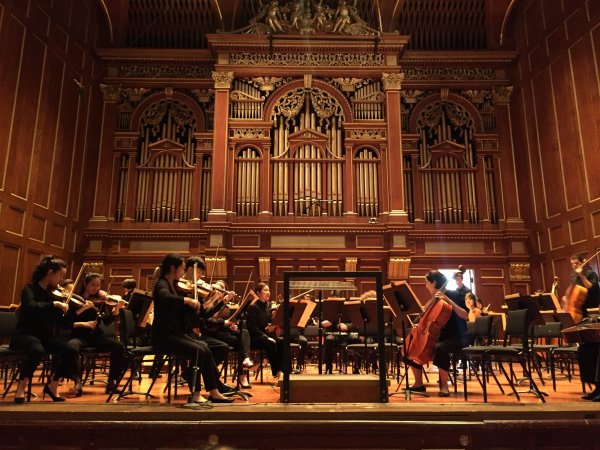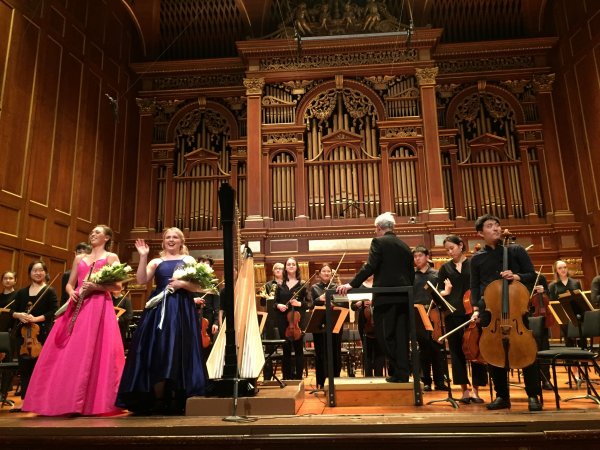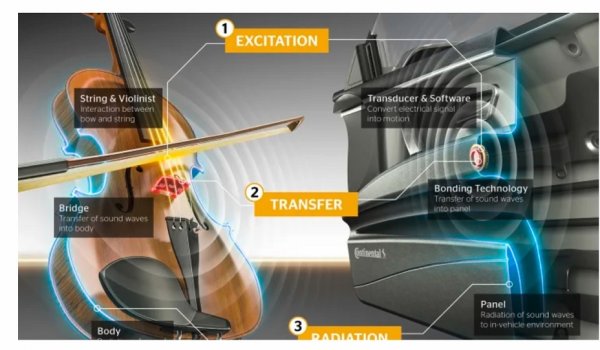I have had some rather spirited discussions with three recent visitors to my listening room. Opinions varied as to the quality of the sound from changes I have made to speaker positioning and room treatments. The comments were mostly focused on the imaging of my system, relative to what my guests remember from the last time they heard it, and relative to what they hear at home, and at live venues. With my recent changes, the sound is now quite different. At least one visitor seemed to greatly prefer the sound I had previous to the recent changes.
This led me to think more intently about one specific attribute of live sound: How focused or diffuse is it really? What are the characteristics of its scale, the size of the images, their location in the soundstage, the size of the soundstage, and the relative definition of the virtual images from which the sound originates. And how does all of this relate to what we hear from our systems?
My visitors' comments also have me wondering if they were using live music, their own systems, or some combination of the two as the primary reference from which they formed their opinions.
I decided to do something interesting as one visitor got up to say his goodbyes. I listened to him speak for a minute and then I closed my eyes and continued to listen to him speak.
Last night I attended a live concert with Madfloyd and Al M in Boston at the New England Conservatory of Music. We heard Beethoven’s 2nd symphony, a Mozart concerto for flute and harp, and then one movement from Stravinsky’s Firebird Suite. I listened with both my eyes open and, at times, closed.


Based on listening to my visitor and to the concert with my eyes both open and shut, here are my conclusions:
1. Sound heard with eyes wide open is clear, dynamic and full of complex and nuanced tone and detail. It appears to originate from a very specific location. It is focused.
2. Sound heard with eyes shut closed seems very much the same with one major distinction. It is diffuse. My friend’s voice in my listening room was also very diffuse and interestingly, it was also quite sibilant (which is important in the context of my cartridge comparisons).
Sound coming from voices and instruments is diffuse in real life. I do not hear pin-point, well defined or outlined images. I have certainly heard this from systems, and my system was more in that direction when I had lots of room treatments and the speakers were toed-in to point at my shoulders. Of course, the sound is exactly the same. It is the perception of how diffuse or focused it is that seems to change when I opened or closed my eyes while listening.
Whether listening to a live concert, to a visitor in my listening room, or to my audio system, I can clearly localize the sound from the instruments or singers up on stage and from my speakers, but there is no outline of the image. The sound's precise size and location are not as clear as I had imagined them to be or as they are often described. It is fuzzy and seems bigger than in real life when actually seen. With eyes closed, sounds overlap with the sounds of neighboring instruments and voices. Things sound bigger, a bit more jumbled. There is still a cohesive whole, for sure, but it is not precisely drawn out as we may imagine it to be.
My system was criticized as lacking focus and being overly diffuse. It is certainly more so than it was before I made the recent changes. However, these two experiences, and actually my long-held suspicions, have confirmed that the sound of real live music and voices is also diffuse. My recent changes have resulted in a more convincing and believable sound, at least relative to what I hear live. Some visitors do not seem to agree.
I should add that none of this seems absolute. There is a wide range of diffusion from both recordings and from live music, just as there is a wide range of what we refer to as the timbre of an instrument or ambient sound of a performance space. But what live music never seems to be is a super focused sound with pinpoint imaging and positioning on a clearly defined imagined soundstage, at least in my experience. I have heard this in systems, and some people seem to love it, but I have begun to move away from that type of sound.
I suspected this for a while, and perhaps it is obvious to others, but it seems that there is still some disagreement about this aspect of the sound of live music.
This led me to think more intently about one specific attribute of live sound: How focused or diffuse is it really? What are the characteristics of its scale, the size of the images, their location in the soundstage, the size of the soundstage, and the relative definition of the virtual images from which the sound originates. And how does all of this relate to what we hear from our systems?
My visitors' comments also have me wondering if they were using live music, their own systems, or some combination of the two as the primary reference from which they formed their opinions.
I decided to do something interesting as one visitor got up to say his goodbyes. I listened to him speak for a minute and then I closed my eyes and continued to listen to him speak.
Last night I attended a live concert with Madfloyd and Al M in Boston at the New England Conservatory of Music. We heard Beethoven’s 2nd symphony, a Mozart concerto for flute and harp, and then one movement from Stravinsky’s Firebird Suite. I listened with both my eyes open and, at times, closed.


Based on listening to my visitor and to the concert with my eyes both open and shut, here are my conclusions:
1. Sound heard with eyes wide open is clear, dynamic and full of complex and nuanced tone and detail. It appears to originate from a very specific location. It is focused.
2. Sound heard with eyes shut closed seems very much the same with one major distinction. It is diffuse. My friend’s voice in my listening room was also very diffuse and interestingly, it was also quite sibilant (which is important in the context of my cartridge comparisons).
Sound coming from voices and instruments is diffuse in real life. I do not hear pin-point, well defined or outlined images. I have certainly heard this from systems, and my system was more in that direction when I had lots of room treatments and the speakers were toed-in to point at my shoulders. Of course, the sound is exactly the same. It is the perception of how diffuse or focused it is that seems to change when I opened or closed my eyes while listening.
Whether listening to a live concert, to a visitor in my listening room, or to my audio system, I can clearly localize the sound from the instruments or singers up on stage and from my speakers, but there is no outline of the image. The sound's precise size and location are not as clear as I had imagined them to be or as they are often described. It is fuzzy and seems bigger than in real life when actually seen. With eyes closed, sounds overlap with the sounds of neighboring instruments and voices. Things sound bigger, a bit more jumbled. There is still a cohesive whole, for sure, but it is not precisely drawn out as we may imagine it to be.
My system was criticized as lacking focus and being overly diffuse. It is certainly more so than it was before I made the recent changes. However, these two experiences, and actually my long-held suspicions, have confirmed that the sound of real live music and voices is also diffuse. My recent changes have resulted in a more convincing and believable sound, at least relative to what I hear live. Some visitors do not seem to agree.
I should add that none of this seems absolute. There is a wide range of diffusion from both recordings and from live music, just as there is a wide range of what we refer to as the timbre of an instrument or ambient sound of a performance space. But what live music never seems to be is a super focused sound with pinpoint imaging and positioning on a clearly defined imagined soundstage, at least in my experience. I have heard this in systems, and some people seem to love it, but I have begun to move away from that type of sound.
I suspected this for a while, and perhaps it is obvious to others, but it seems that there is still some disagreement about this aspect of the sound of live music.
Last edited:


